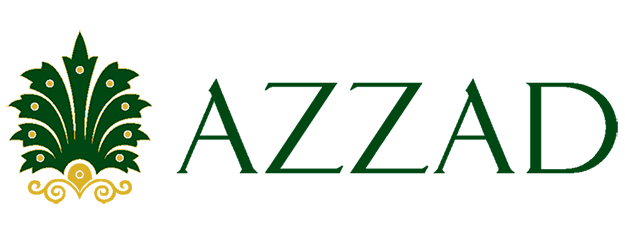
Taxes can take a big bite out of your total investment returns, so it’s helpful to look for tax- advantaged strategies when building your portfolio. You don’t want to pay any more in tax than you have to. That means taking advantage of every strategy, deduction, and credit that you are entitled to.
Tax-deferred and tax-free investments
Tax deferral is the process of delaying, until a future year, the payment of taxes on income you earn in the current year. For example, the money you contribute to a retirement account (such as a 401(k) or deductible IRA) isn’t taxed until you withdraw it, which might be 30 or 40 years down the road! Any earnings the account generates are also allowed to grow tax-free. This can be very beneficial because the money you would have spent on taxes remains invested and for your own benefit. In the early years of an investment, the benefit of compound growth may not be very significant. But as the years go by, the long-term boost to your total returns can be dramatic.
Tax deferred is not the same thing as tax free. Tax deferred means that the payment of taxes is delayed, while tax free means that no income taxes are due at all. That’s the case with Roth IRAs. Your contributions are made with after-tax dollars, but they will grow tax deferred, and qualified distributions will be tax free when you withdraw them. However, Roth IRAs are open only to individuals with income below certain limits.
What are the general rules for funding Roth IRAs?
There are three ways to fund a Roth IRA: 1) you can contribute directly if you fall within the income limits, 2) you can convert all or part of a Traditional IRA to a Roth IRA, or 3) you can roll funds over from an eligible employer retirement plan into a Roth IRA. Also, unlike the traditional IRA, you can contribute to a Roth IRA even if you’re age 70.5 or older.
How do you convert a traditional IRA to a Roth IRA?
Prior to 2010, you couldn’t convert a traditional IRA to a Roth IRA if your modified adjusted gross income exceeded $100,000. However, Congress has been repealed this income restriction. Today, regardless of your filing status, or how much you earn, you may convert a Traditional IRA to a Roth IRA (provided that you have the money to pay taxes on any earnings generated in your traditional IRA). To do so, you simply notify your existing traditional IRA custodian that you want to convert all or part of your traditional IRA to a Roth IRA and fill the necessary paperwork.
Using conversions to make “annual contributions”
If you are currently maximizing your retirement savings in a qualified plan with your employer such as a 401(k) plan, and fall outside the income limitation for Roth IRA contributions, you may want to consider contributing to a nondeductible (after-tax) Traditional IRA. You may then immediately convert it to a Roth IRA. There are no limits to the number of Roth conversions you can make. However, if you have other IRA accounts, check with your tax advisor first. You may owe taxes on any earnings in the other IRA accounts you own.
Example: calculating the conversion tax
Assume that your traditional IRA contains $350,000 of taxable (deductible) contributions, $50k of nontaxable (non deductible) contributions, and $100,000 of taxable earnings. You cannot convert only the $50k non deductible (nontaxable) conversions to a Roth IRA, and have a tax-free conversion. Instead, you’ll need to prorate the taxable and nontaxable portions of the account. So in the example above, 90% (450k/500k) of each distribution from the IRA (including any conversion) will be taxable, and the 10% will be non taxable. You can’t escape this result by using separate IRA’s. Under IRS rules, you must aggregate all of your traditional IRAs (including SEPs & SIMPLEs) when you calculate the taxable income resulting from a distribution from (or conversion of) any of the IRAs. We strongly recommend that you consult with your tax advisor before doing any Roth Conversions.
Bottom Line
Make sure that you’re taking full advantage of tax-advantaged retirement savings vehicles. Traditional IRAs and employer-sponsored retirement plans such as a 401(k) plans allow you to contribute funds pretax, potentially reducing your taxable income. Contributions you make to a Roth IRA or a Roth 401 (k) aren’t deductible, so there’s no tax deduction, but qualified Roth distributions are completely free from federal income tax, making these retirement savings vehicles very appealing. Though tax considerations shouldn’t be your only investing concern, by putting your money in a tax-advantaged savings vehicle, you’ll keep more money in your own pocket and put less into Uncle Sam’s.



